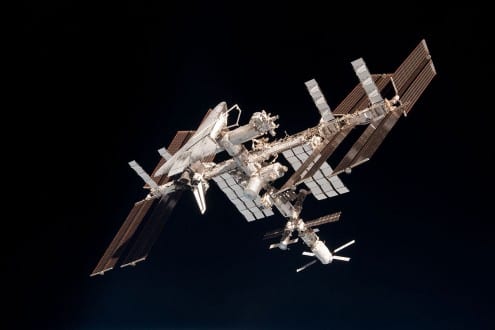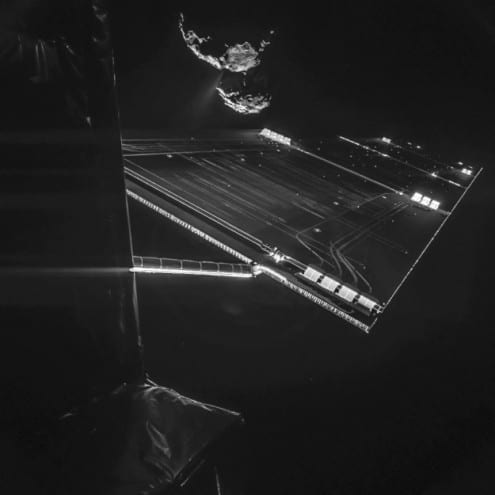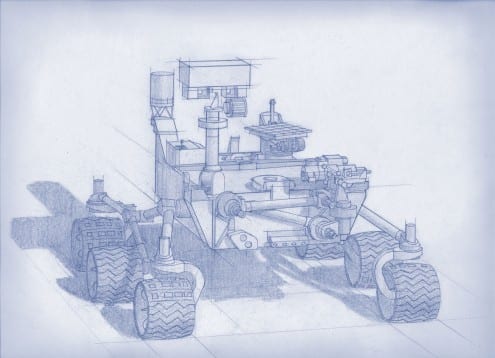Humans on the surface of Mars by the 2030s
By ucassya, on 25 November 2014

NASA chief scientist Ellen Stofan speaks at UCL. Credit: Satureyes Photography (All rights reserved)
NASA has set its sights on expanding our presence into the Solar System by developing the capabilities needed for humans to step foot on Mars for the first time in the 2030s. This is the message of NASA’s Chief Scientist Dr Ellen Stofan and Chief Technologist Dr David Miller, outlined in a recent public lecture they gave at UCL.
NASA is currently working with 16 space agencies around the globe and the U.S. commercial space industry as part of a Global Exploration Roadmap to make the exploration of Mars a reality.
Future human exploration could answer one of the most fundamental unanswered questions: Is it possible that life can exist beyond Earth?
This journey begins in low-Earth orbit on the International Space Station where groundbreaking science takes place to develop the technology and communication systems that are essential for survival in space. Scientific advances are also being made in understanding how the body changes in microgravity and the impact the space environment has on mental health.
For over 40 years we have already landed robotic spacecraft on the surface of Mars. With the Curiosity rover discovering evidence that water persisted on the surface of Mars for millions of years is it possible to demonstrate life once existed? The rover has also measured the radiation levels that humans will be exposed to during the duration of the mission, helping in the development of their protection.
Why stop at Mars? Where else can we go? We have already observed water plumes erupting from the South Pole of Jupiter’s moon Europa and flew the Cassini spacecraft through ice plumes shooting from the surface of Saturn’s moon Enceladus.
With missions such as Kepler detecting over 2500 exoplanet candidates in our region of the Milky Way, surely we aren’t alone?
- Stephanie Yardley is a PhD student at UCL Mullard Space Science Laboratory
 Close
Close















